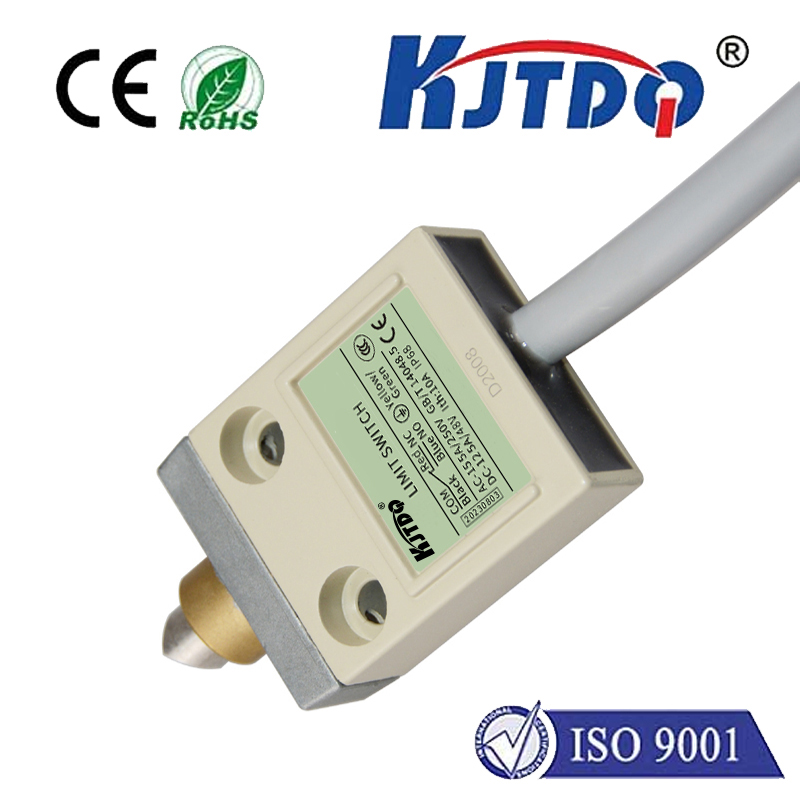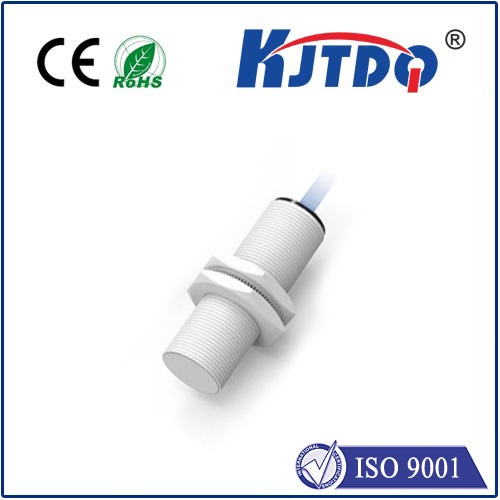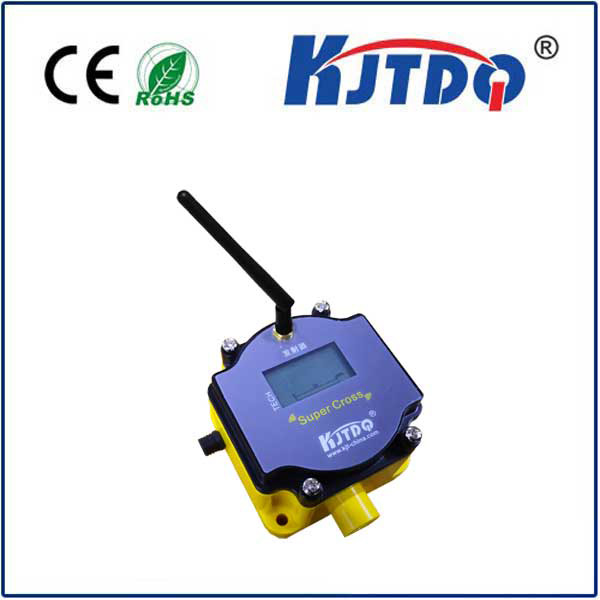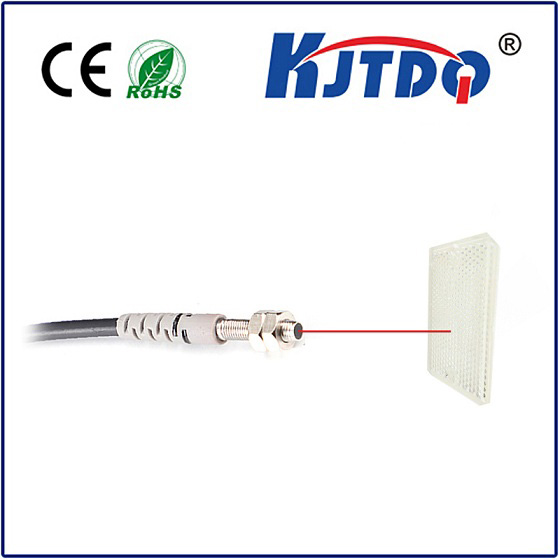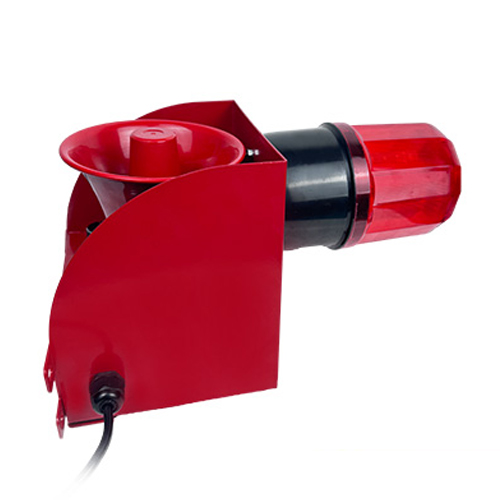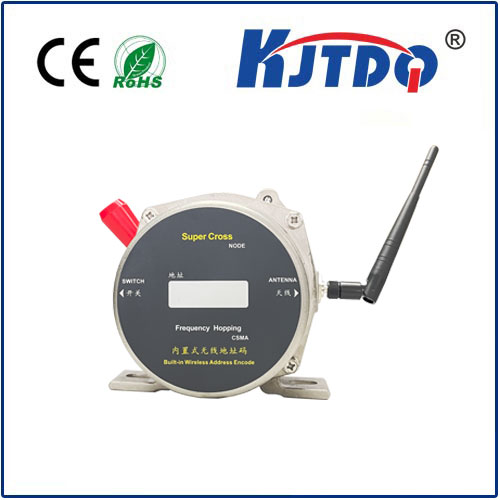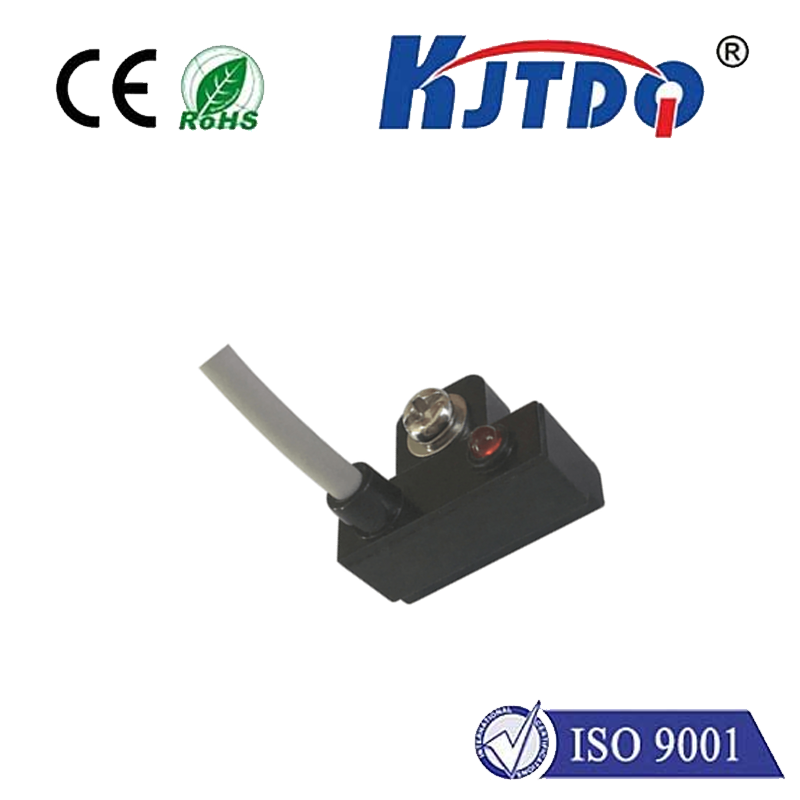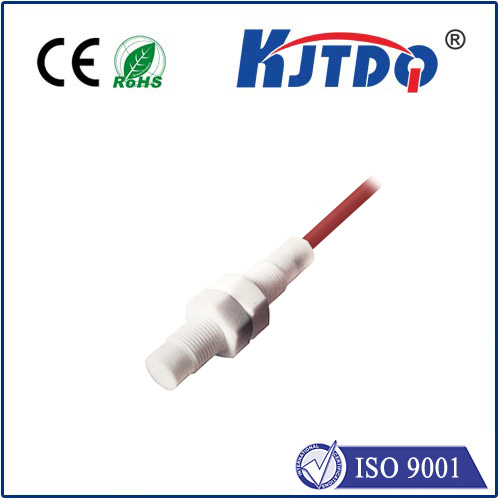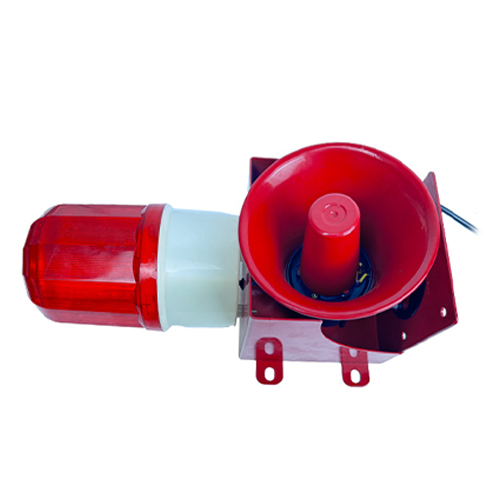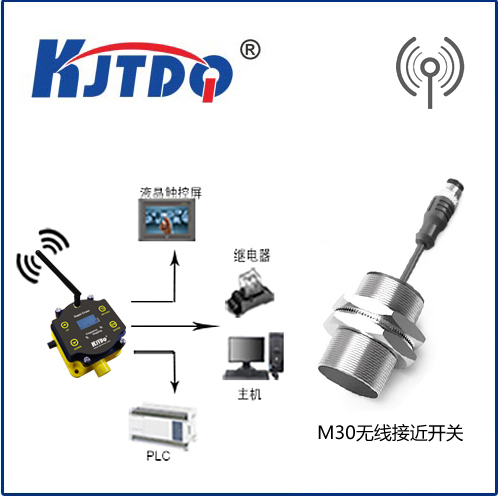

check

check

check

check

check

check

check

check

check

check
Title: The Power of Photoelectric Reflective Sensors
Introduction:
As technology continues to advance, the use of sensors has become increasingly common in various industries. The photoelectric reflective sensor is one such device that has gained popularity due to its unique capabilities. In this article, we will explore what a photoelectric reflective sensor is, how it works, and its applications in different fields.
What is a Photoelectric Reflective Sensor?
A photoelectric reflective sensor is an electronic device that uses light to detect objects or measure distances. It consists of a light source, usually an LED or laser diode, and a photodiode that receives the reflected light. When an object interrupts the light beam, the photodiode detects the change in intensity and generates an electrical signal proportional to the amount of light received. This signal can then be processed by a microcontroller or computer to determine the presence or absence of an object.

How Does a Photoelectric Reflective Sensor Work?
The operation of a photoelectric reflective sensor is based on the principle of reflection. When the light from the emitter strikes an object, it reflects back towards the detector. The amount of reflected light depends on the color, texture, and shape of the object. For example, a shiny metal surface will reflect more light than a matte black surface. By measuring the reflected light, the sensor can determine the distance between itself and the object, as well as the size and shape of the object.
Applications of Photoelectric Reflective Sensors:
Photoelectric reflective sensors have numerous applications in various industries due to their accuracy, reliability, and non-contact nature. Some of these applications include:
1. Industrial Automation: In manufacturing processes, photoelectric reflective sensors are used to detect the presence of products on conveyor belts, monitor assembly lines, and control robotic arms. They ensure efficient and consistent operations while reducing human error and increasing productivity.
2. Retail: In retail environments, these sensors are commonly found in automated checkout systems, where they scan barcodes on products and calculate prices without human intervention. They also help track inventory levels and prevent theft.
3. Automotive: Photoelectric reflective sensors play a crucial role in modern vehicles, particularly in advanced driver assistance systems (ADAS). They enable features such as adaptive cruise control, lane departure warning, and automatic emergency braking by detecting obstacles and other vehicles on the road.
4. Medical Devices: In healthcare settings, these sensors are used in medical devices such as blood glucose monitors and pulse oximeters. They help doctors and nurses obtain accurate readings quickly and efficiently.
5. Home Automation: With the rise of smart homes, photoelectric reflective sensors are becoming increasingly popular for security systems, lighting controls, and HVAC systems. They provide users with greater convenience and energy savings by automatically adjusting settings based on occupancy and environmental conditions.
Conclusion:
In conclusion, photoelectric reflective sensors are versatile devices that have revolutionized various industries through their ability to detect objects and measure distances accurately and reliably. From industrial automation to home security systems, these sensors offer numerous benefits that improve efficiency, safety, and convenience. As technology continues to evolve, we can expect even more innovative applications of photoelectric reflective sensors in the future.
